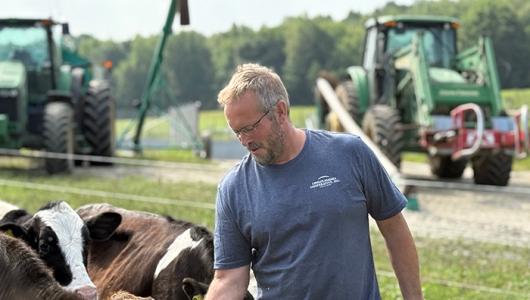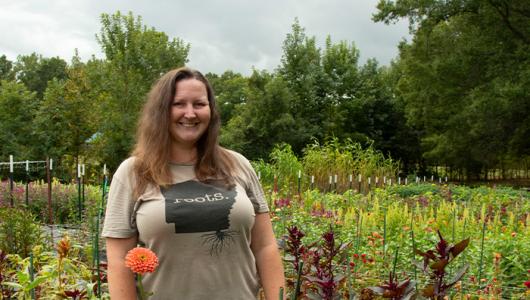This Friday meet Mark and Beth Biser, owners of Still Waters Farm in Mason County, Washington. Mark was finishing a 23-year career with the Marine Corps in Nairobi, Kenya, when he and Beth purchased the property in 1989. They saw the raw beauty in what was possible, but there was a lot of work to do.
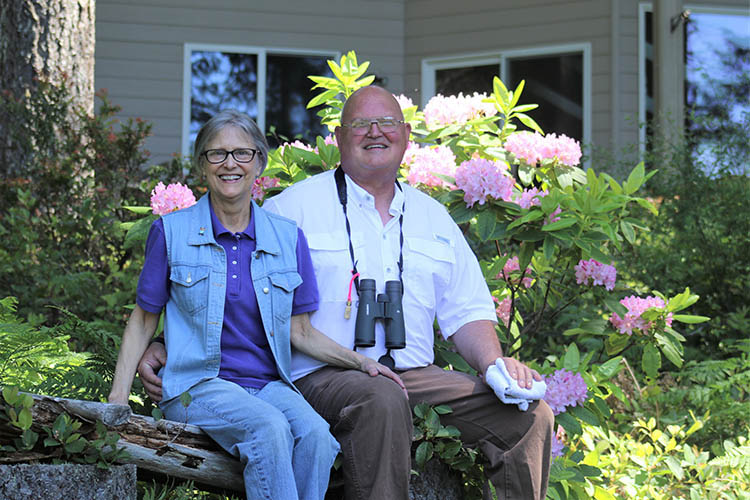
Restoring Hydrology
The farm’s wetlands had been drained twice. The first time was in the 1930s, and the second was in the 1960s when the peat layer was removed from half the wetland to mine clay from the bottom. The wetlands were left sterile, slick, peatless, and drained.
Knowing they had to restore the hydrology, Mark and Beth turned to USDA’s Natural Resources Conservation Service for help. Working with NRCS and the U.S. Fish and Wildlife Service, they started a seven-year process to restore the wetlands.
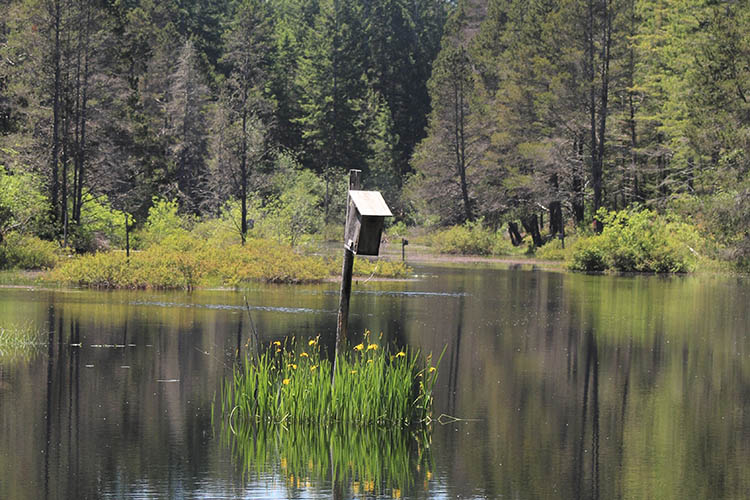
“We had an NRCS team come out,” says Mark. “They helped tremendously with enhancement work, leading to the restoration of the natural hydrology.”
To help achieve this goal, they enrolled their land in a wetland reserve easement, which helps landowners protect, restore, and enhance wetlands. Wetland reserve easements are available through the Agricultural Conservation Easement Program.
“Someone told me that cost-share only makes sense if you were going to do it anyway. We were going to do it anyway, but to have NRCS professionals walk us through the technical aspect was fantastic,” said Mark.
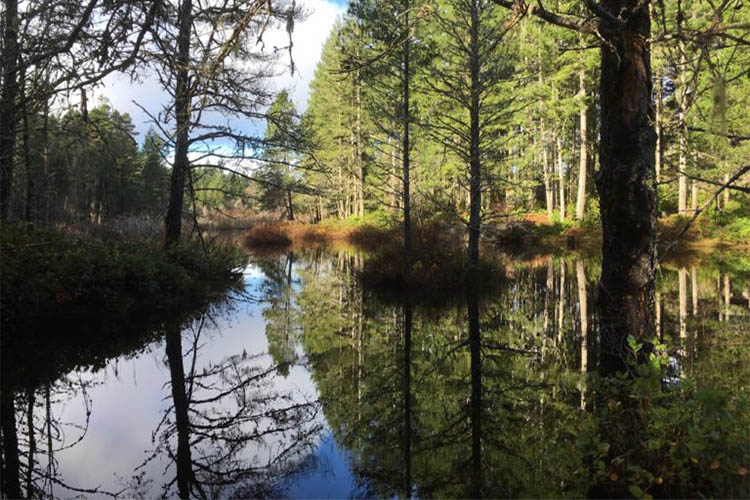
Boosting Wildlife
In years following, Mark and Beth worked with NRCS through the Environmental Quality Incentives Program to improve their land with riparian plantings, livestock riparian exclusion fencing, road culvert replacements, and reshaping forest roads to reduce runoff of sediment and nutrients. Through these practices, they were able to enhance habitat in riparian areas while also preventing sediment and nutrients from washing into waterways. Learn more in this video about wetland restoration.
“This is fish-bearing water, so we were very careful to ensure we weren’t causing issues,” said Mark.

Through the Conservation Stewardship Program (CSP), the Bisers improved a stream crossing. CSP helps producers build on their existing conservation efforts. They replaced old culverts with fish-passable culverts and created different sized brush pile structures for habitat. Little critters such as mice, birds, and amphibians use the small spaces, while bobcats, otters, bears, cougars, weasels, and other larger animals use the bigger spaces.
They installed large nest boxes for wood ducks and hooded mergansers, medium boxes for flickers, and smaller boxes for swallows and chickadees.
“There aren’t a lot of nesting cavity trees here,” said Mark. “Nesting boxes have been a boon to the wildlife population.”
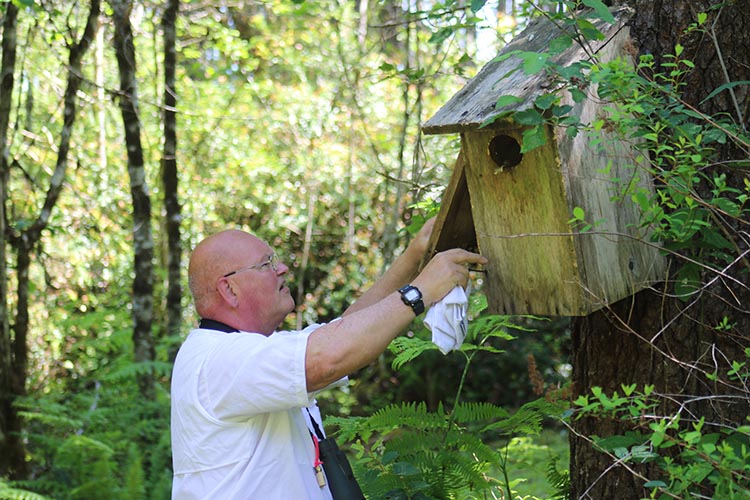
Sharing the Farm and Advice
A trail system on the farm provides easy access for bird watchers and nature enthusiasts. The farm hosts bird watching groups and school kids. The couple’s management objective is to share the farm with a diverse group of people.
For those who would like to work with NRCS on their own property, Mark has a bit of advice.
“It’s very important that the landowner has an informed vision for the property,” said Mark. “If you can communicate that vision to the experts, then they can help you achieve your vision. But it’s got to be your vision.”
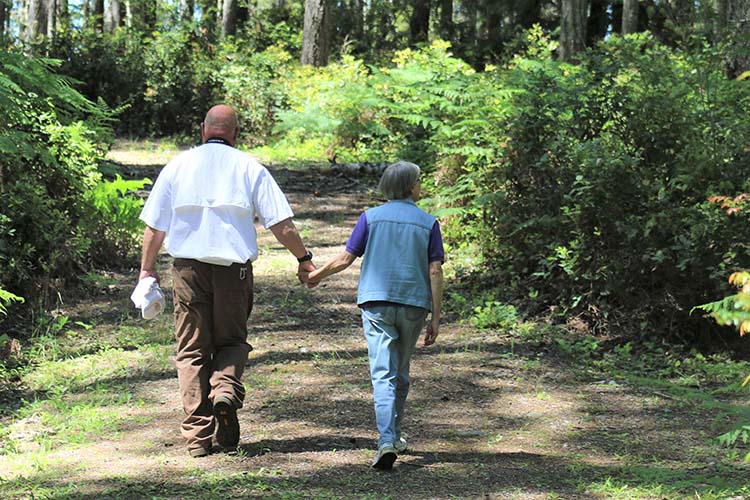
As for the Bisers’ experience, they could not be happier.
“I don’t have any doubts about NRCS,” he said. “The people have been excellent. The advice is good, the programs are great, and they’re responsive.”
More Information
Each Friday, visit local farms, ranches, forests, and resource areas through our #FridaysOnTheFarm stories. Meet farmers, producers, and landowners who are working to improve their operations with USDA programs.
USDA offers a variety of risk management, disaster assistance, loan, and conservation programs to help agricultural producers in the United States weather ups and downs in the market and recover from natural disasters as well as invest in improvements to their operations. Learn about additional programs.
For more information about USDA programs and services, contact your local USDA service center.
Gina Kerzman is the former public affairs specialist for NRCS in Washington. For more information about this story, contact Nick Vira at nick.vira@usda.gov.

